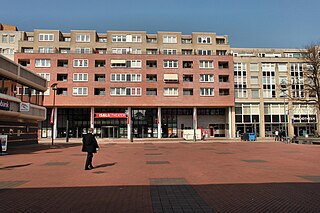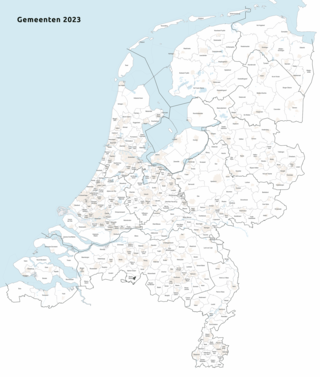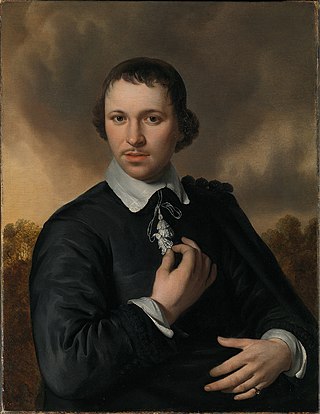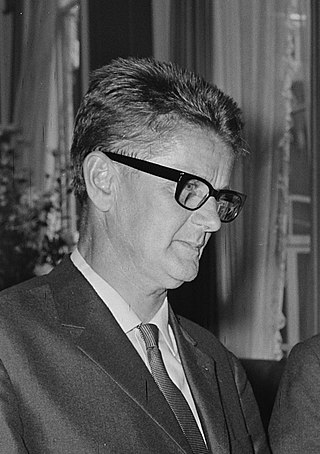Gallery
- Stier, Capelle a/d IJssel, NL
- Zo Hoog, Alblasserdam, NL
- Prima Donna, Château St. Gerlach, NL
Frans van Straaten | |
|---|---|
| Born | 23 January 1963 The Hague |
| Nationality | Dutch |
| Known for | Sculptor |
| Movement | Figurative |
Frans van Straaten (The Hague, 23 January 1963) is a Dutch artist and known for his bronze sculptures. [1] He is a figurative artist and sculptor, who creates bronze sculptures in which he unites force and movement. [2]
In 1985 Van Straaten obtained his second-level teaching certificate in Drawing and Handicrafts. He continued his education in Rotterdam at the Willem de Kooning Academy.
Van Straaten is intrigued by the ancient Egyptians, Leonardo da Vinci and Michelangelo. In addition he is inspired by modern dance but stimuli from everyday life are still his main sources. His early works had a very impressionistic feel. Gradually his work changed and nowadays his sculptures are recognized for their strong lines and movement.
Not only private collectors are interested in Van Straaten's sculptures. Also many companies and municipalities own his sculptures. Highlights in his career are the unveiling of Stier in 2000, a monumental sculpture on a roundabout in Capelle aan den IJssel and the unveiling of Samengaan by Princess Máxima in 2003. Van Straaten's studio is located in Rotterdam.
Frans van Straaten has exhibited in The Netherlands and abroad. A selection of exhibitions:
His work has also been shown in Switzerland, Germany, France and China.

Capelle aan den IJssel is a small city and municipality in the western Netherlands, in the province of South Holland. The municipality had a population of 67,319 in 2021, and covers an area of 15.40 km2 (5.95 sq mi), of which 1.26 km2 (0.49 sq mi) is water. It is situated on the eastern edge of Rotterdam, on the Hollandse IJssel river.

As of 1 January 2023, there are 342 municipalities and three special municipalities in the Netherlands. The latter is the status of three of the six island territories that make up the Dutch Caribbean. Municipalities are the second-level administrative division, or public bodies, in the Netherlands and are subdivisions of their respective provinces. Their duties are delegated to them by the central government and they are ruled by a municipal council that is elected every four years. Municipal mergers have reduced the total number of municipalities by two-thirds since the first official boundaries were created in the mid 19th century. Municipalities themselves are informally subdivided into districts and neighbourhoods for administrative and statistical purposes.
The Randstad is a roughly crescent- or arc-shaped conurbation in the Netherlands, that houses almost half the country's population. With a central-western location, it connects and comprises the Netherlands' four biggest cities, their suburbs, and many towns in between, that all grew and merged into each other. Among other things, it includes the Port of Rotterdam, the Port of Amsterdam, and Amsterdam Airport Schiphol. With a population of approximately 8.4 million people it is one of the largest metropolitan regions in Europe, comparable in population size to the Rhine-Ruhr metropolitan region or the San Francisco Bay Area, and covers an area of approximately 11,372 km2 (4,391 sq mi). The Randstad had a gross regional product of €397 billion in 2017, making it the third most productive region in the European Union, behind the Paris metropolitan area and the Rhine-Ruhr metropolitan region. It encompasses both the Amsterdam metropolitan area and Rotterdam–The Hague metropolitan area. It is part of the larger Blue Banana megalopolis.

The Koninklijk Theatre Tuschinski is a movie theatre in Amsterdam, Netherlands, near Rembrandtplein.

Jan van de Cappelle was a Dutch Golden Age painter of seascapes and winter landscapes, also notable as an industrialist and art collector. He is "now considered the outstanding marine painter of 17th century Holland".

The equestrian statue of Queen Wilhelmina in Amsterdam is located on Rokin street, at the corner with Langebrugsteeg alley. The statue of Queen Wilhelmina of the Netherlands was sculpted in bronze by Theresia R. van der Pant.
Jacobus Ruurd "Jaap" Bruijn, was one of the best known and respected Dutch maritime historians. He was professor of maritime history at the University of Leiden from 1979 until his retirement in 2003. During his 41-year teaching career as The Netherlands' only university professor of maritime history, he guided the doctoral theses of no fewer than 49 graduate students.

The Amsterdamse Joffers were a group of women artists who met weekly in Amsterdam at the end of the 19th and beginning of the 20th century. They supported each other in their professional careers. Most of them were students of the Rijksakademie van beeldende kunsten and belonged to the movement of the Amsterdam Impressionists. Each one became a successful artist. As a group they contributed to the social acceptance in the Netherlands of women becoming professional artists.

Pieter Abramsen was a Dutch sculptor, and visiting professor at the Delft University of Technology, known for his work in which abstraction and realism are joined.

The Exposition des primitifs flamands à Bruges was an art exhibition of paintings by the so-called Flemish Primitives held in the Provinciaal Hof in Bruges between 15 June and 5 October 1902.
Theodorus Antonius Hubertus Maria (Theo) Dobbelman was a Dutch sculptor, ceramist and painter.

Dora Dolz de Herman was a Spanish-Dutch artist, best known for her outdoor ceramic works in the form of chairs and sofas.

Jan Cornelis Snoeck was a Dutch sculptor and ceramist.

Henricus Petrus Cornelis (Kees) Verschuren is a Dutch sculptor, painter and former lecturer at the Willem de Kooning Academie in Rotterdam, known for his monumentalist sculptures in public places in the Netherlands.
Teunis (Teun) Jacob was a Dutch wall painter and sculptor, who lived and worked in Rotterdam since the early 1950s. He made both figure and nonrepresentational art.
Daniël (Daan) van Golden was a Dutch artist, who has been active as a painter, photographer, collagist, installation artist, wall painter and graphic artist. He is known for his meticulous paintings of motives and details of everyday life and every day images.

Casparus Bernardus Oorthuys, known as Cas Oorthuys, was a Dutch photographer and designer active from the 1930s until the 1970s.
Jeroen Eisinga is a contemporary video artist from the Netherlands. His work is characterised by its performance like character and its plots where an ordeal is often central. Simplicity is of key importance to Eisinga. His work is shot on film and is shot on 16mm as well as on 35mm format film.
Eduard Siegfried"Eddy"de Jongh is a Dutch art historian specialized in iconography. He was professor of art history with a teaching assignment in iconography at Utrecht University between 1976 and 1989.
The Capelle train accident took place on 15 November 1899 in Capelle aan den IJssel, Netherlands when a mail train collided with a passenger train in a heavy fog, resulting in the deaths of 8 people with a further 12 injured. It is the deadliest train accident in the Netherlands in the 19th century.